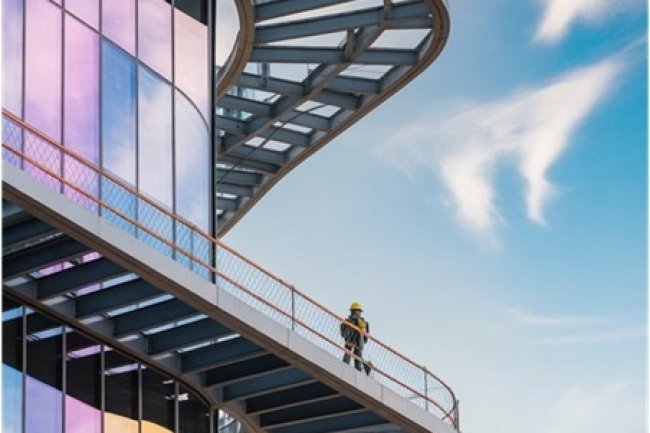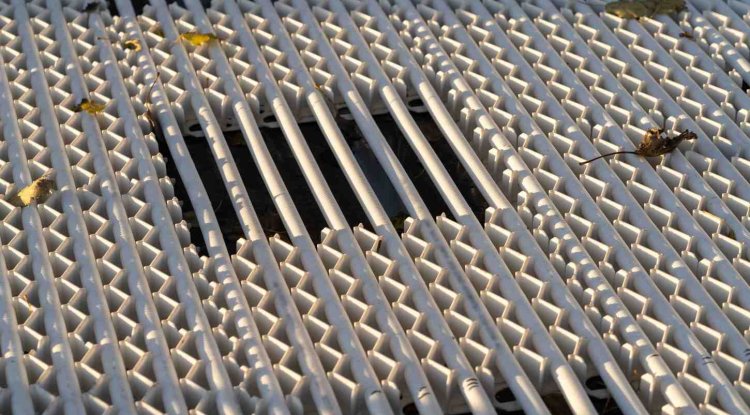Smart Joists: Loads, Data & A Dash of Controversy
Lately, I9ve been exploring an idea that may sound unconventional4but is rapidly becoming technically feasible- what if the very beams holding up your house could actually tell you how they're doing? Not in some sci-fi future, but like... soon. Let's gets deeper about whether these high-tech, sensor-packed joists can actually play nice with all those boring building codes and standards4without driving contractors, inspectors, and homeowners completely nuts.

First, What’s a Smart Joist Anyway?
|
Traditional joists are just strong, silent beams keeping floors steady — they do their job without complaint until something goes wrong. Pretty simple stuff. But smart joists take things to a whole new level. These are joists with embedded sensors tracking strain, humidity, temperature — even their own structural stress — in real time. Think of them as wearable fitness trackers… for your building! The difference is like comparing an old flip phone to today’s smartphones. Same basic function, but one is constantly collecting and sharing valuable data. |
|
Why All the Buzz Over Sensors?
| Living Buildings Sensors transform static structures into living, breathing data sources. Your building essentially becomes conscious of its own condition. |
Early Warning System Real-time monitoring spots small problems before they become big disasters. Imagine getting a notification that your floor joists are experiencing unusual stress — before any visible damage occurs. |
Practical Benefits Building operators use this data for energy savings, predictive maintenance, and keeping occupants comfortable. It's not just cool tech — it's actually useful! |
I've always wondered why we accept "dumb" buildings when everything else in our lives is getting smarter. Your coffee maker has more tech than most structural elements!
Standards — Friend or Foe?
|
|
The Rule Book Resistance to Change The Big Question |
The Case for Coexistence
|
Tiny But Mighty Tech Precedents Exist Performance-Based Paths |
|
Still, There's a Tug-of-War...

Takeaway: Will Smart Joists and Standards Live Happily Ever After?
|
|
I believe they absolutely will — if both sides stay flexible. Soon, embedded sensors in joists could become the norm, giving us buildings that talk back — making homes safer, greener, and smarter for everyone.
After all, the buildings we create should be just as dynamic and adaptable as the people who live in them. So next time you look up at your ceiling, imagine this:
Wouldn’t that be something? |
What's Your Reaction?



















